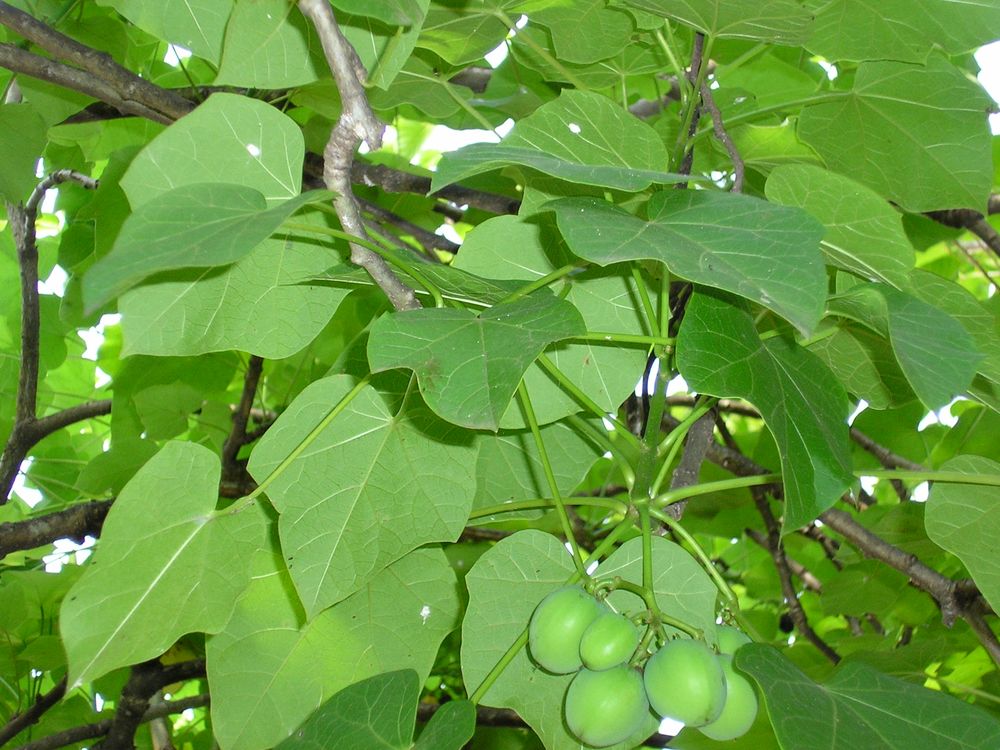
Mission NewEnergy Ltd
Overview
-
Lavori pubblicati 0
-
Visualizzati 10
Descrizione azienda
Jatropha a Viable Alternative Renewable Energy
Constantly the biodiesel market is trying to find some alternative to produce renewable energy. Biodiesel prepared from canola, sunflower and jatropha can change or be integrated with standard diesel. During very first half of 2000’s jatropha biofuel made the headings as a popular and appealing option. It is prepared from jatropha curcas, a plant types belonging to Central America that can be grown on wasteland.
Jatropha Curcas is a non edible plant that grows in the dry regions. The plant grows extremely quickly and it can yield seeds for about 50 years. The oil obtained from its seeds can be used as a biofuel. This can be blended with petroleum diesel. Previously it has actually been used twice with algae combination to sustain test flight of industrial airline companies.
Another positive approach of jatorpha seeds is that they have 37% oil content and they can be burned as a fuel without fine-tuning them. It is also used for medical purpose. Supporters of jatropha biodiesel state that the flames of jatropha oil are smoke free and they are effectively tested for simple diesel motor.

Jatropha biodiesel as Renewable resource Investment has attracted the interest of numerous companies, which have evaluated it for automotive usage. Jatropha biodiesel has been road evaluated by Mercedes and 3 of the vehicles have actually covered 18,600 miles by using the jatropha plant biodiesel.

Since it is since of some drawbacks, the jatropha biodiesel have actually not considered as a wonderful renewable resource. The most significant issue is that nobody understands that just what the performance rate of the plant is. Secondly they don’t know how large scale growing may impact the soil quality and the environment as a whole. The jatropha plant requires five times more water per energy than corn and sugarcane. This raises another concern. On the other hand it is to be kept in mind that jatropha can grow on tropical climates with annual rains of about 1000 to 1500 mm. A thing to be kept in mind is that jatropha needs proper watering in the first year of its plantation which lasts for years.
Recent survey says that it is true that jatropha can grow on degraded land with little water and bad nutrition. But there is no evidence for the yield to be high. This may be proportional to the quality of the soil. In such a case it may need high quality of land and may need the exact same quagmire that is dealt with by many biofuel types.
Jatropha has one main disadvantage. The seeds and leaves of jatropha are toxic to human beings and animals. This made the Australian federal government to ban the plant in 2006. The federal government declared the plant as invasive species, and too dangerous for western Australian agriculture and the environment here (DAFWQ 2006).
While jatropha has promoting budding, there are number of research difficulties remain. The significance of detoxification needs to be studied since of the toxicity of the plant. Along side a systematic study of the oil yield have actually to be undertaken, this is extremely important due to the fact that of high yield of jatropha would most likely needed before jatropha can be contributed substantially to the world. Lastly it is also really important to study about the jatropha types that can make it through in more level environment, as jatropha is quite restricted in the tropical climates.
